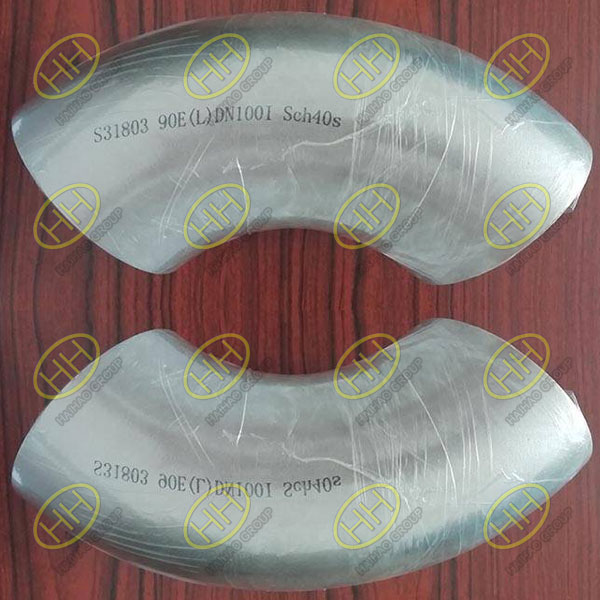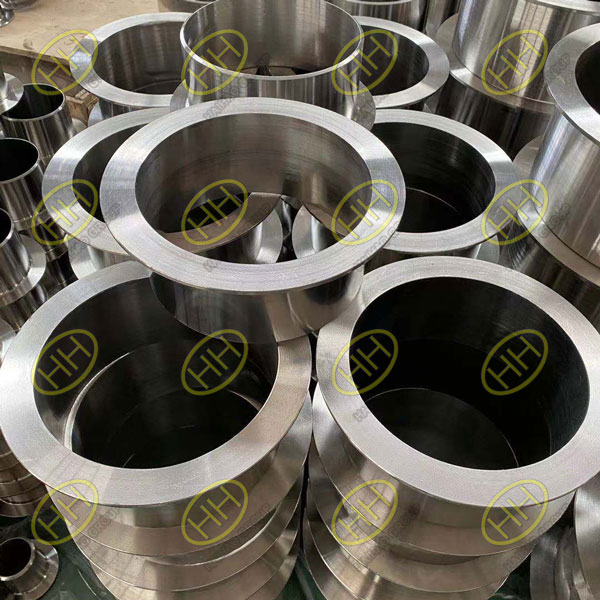Differences between S31803 and S32205 material
In the last article, we mentioned that our technical staff advised the customer to use S32205 instead of S31803. To introduce the difference between the two, we first need to introduce the metallographic structure and corrosion resistance of dual-phase steel.
Metallographic structure of duplex steel
Nearly equal amounts of ferrite and austenite can be obtained in duplex stainless steel (S31803/S32205) under solution condition. Duplex stainless steel is more prone to phase precipitation than austenite, embrittlement and reduced corrosion resistance. The embrittlement temperature ranges from 600 ℃ to 950℃ and 350 ℃ to 525℃. Prolonged exposure to these temperature ranges should therefore be avoided. The risk of embrittlement is low in normal welding and heat treatment operations.
Corrosion resistance of duplex steel
Corrosion resistance PRE=%Cr+3,3x%Mo+16x%N. This value provides a simple method to identify the corrosion resistance of materials. The higher the value, the better the corrosion resistance. Duplex stainless steels offer a wide range of corrosion resistance in a variety of environments. Corrosion less than 0.1 mm/year is generally considered good corrosion resistance. Because of the high content of duplex stainless steel, it has excellent corrosion resistance in many corrosive catalysts.
The performance of pitting corrosion and gap corrosion increases with the increase of the contents of name, key and nitrogen.
After understanding the metallographic structure and corrosion resistance of dual-phase steel, the differences between S31803 and S32205 are obvious in combination with the chemical composition and mechanical properties.
Differences in chemical composition between S31803 and S32205:
| UNS | C | Si | Mn | P | S | Cr | Ni | Mo | N |
| S31803 | ≤0.030 | ≤1.0 | ≤2.0 | ≤0.030 | ≤0.020 | 21.0-23.0 | 4.5-6.5 | 2.5-3.5 | 0.08-0.20 |
| S32205 | ≤0.030 | ≤1.0 | ≤2.0 | ≤0.030 | ≤0.020 | 22.0-23.0 | 4.5-6.5 | 3.0-3.5 | 0.14-0.20 |
Differences between S31803 and S32205 in mechanical properties:
| UNS | Yield strength | Tensile strength | elongation | R.A.% |
| S31803(F51) | ≥450MPa | ≥620MPa | ≥25% | ≥45% |
| S32205(F60) | ≥450MPa | ≥655MPa | ≥25% | ≥45% |
According to the customer’s high requirements for corrosion resistance and clear requirements for Cr content higher than 22.5%, we suggest the customer to use S32205, and the customer also recognized and accepted our suggestions.


